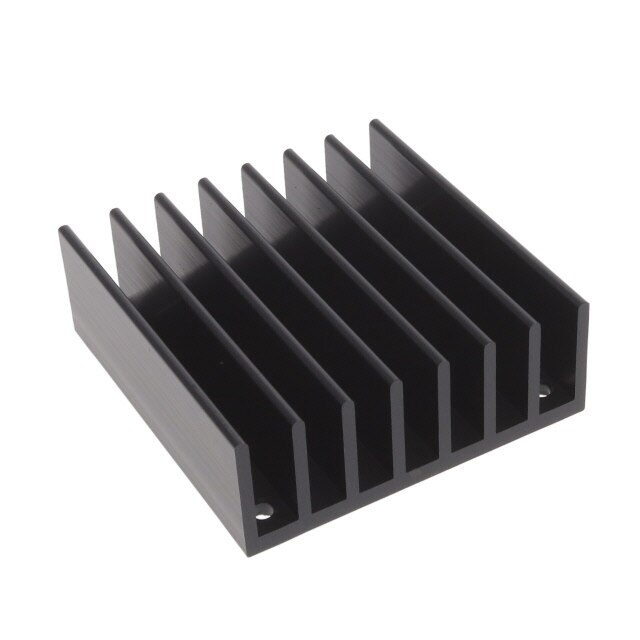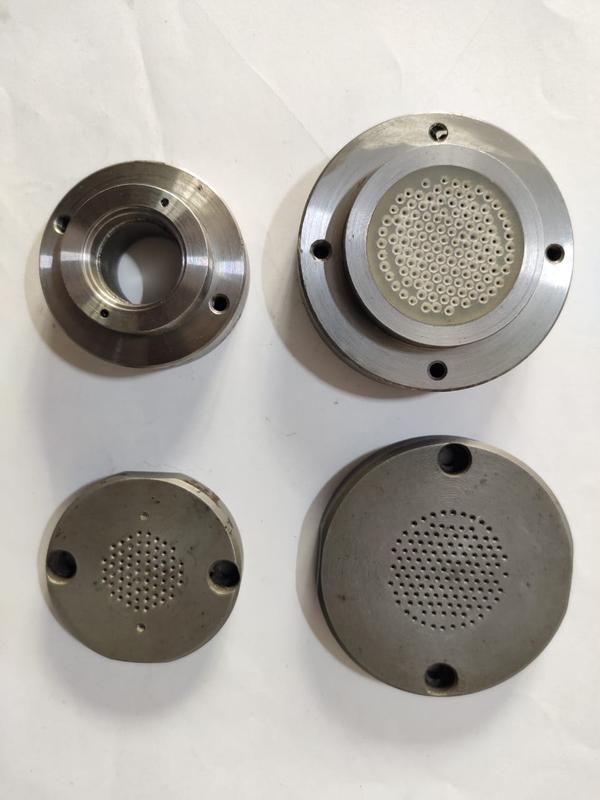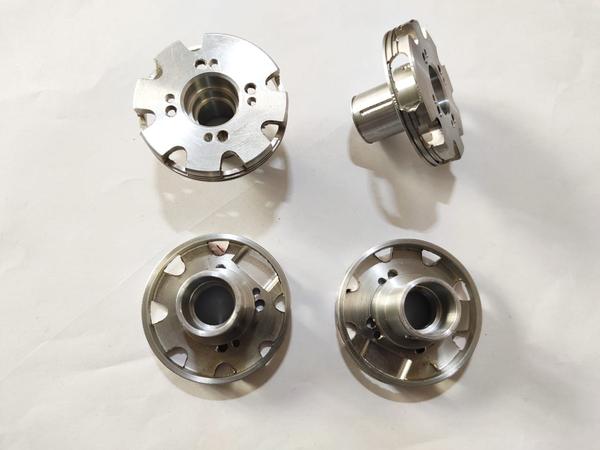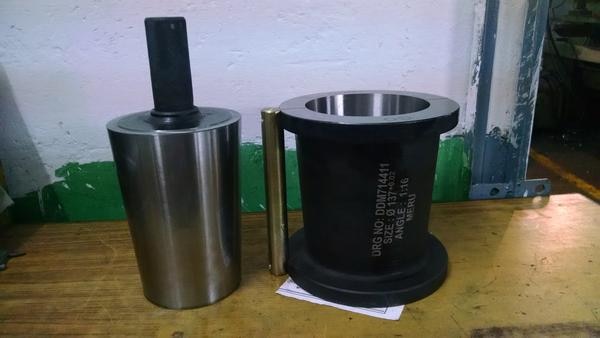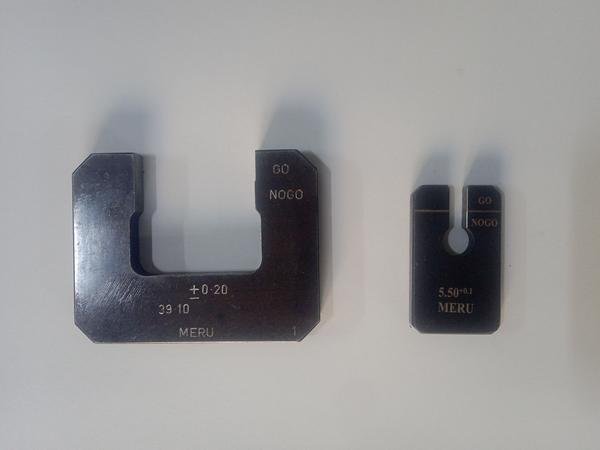Description
Product details
Heat sinks are integral components in electronic devices, especially those that generate significant amounts of heat during operation, such as CPUs, GPUs, power transistors, and voltage regulators. Below are some of points on how heat sink works 1)Heat Dissipation: Electronic components generate heat due to the flow of electric current through them. Heat sinks provide a larger surface area for heat to dissipate into the surrounding air or another cooling medium, such as a liquid or a fan. This helps prevent the components from overheating, which can lead to performance degradation or even failure. 2)Thermal Conductivity: Heat sinks are typically made of materials with high thermal conductivity, such as aluminum or copper. These materials efficiently conduct heat away from the hot electronic component and distribute it across the surface of the heat sink. 3)Increased Surface Area: Heat sinks are designed with fins, ridges, or other structures to increase their surface area. This maximizes the contact area between the heat sink and the surrounding air, enhancing heat transfer through convection. 4)Passive and Active Cooling: Heat sinks can be used in passive cooling systems, where heat is dissipated solely through conduction and convection, or in conjunction with active cooling methods such as fans or liquid cooling systems. Active cooling mechanisms further enhance heat dissipation by increasing airflow or using a coolant to carry heat away from the heat sink. 5)Thermal Interface Materials (TIM): To improve thermal conductivity and ensure optimal contact between the electronic component and the heat sink, thermal interface materials such as thermal grease or thermal pads are often applied between them. These materials fill in microscopic gaps and irregularities, reducing thermal resistance and improving heat transfer. 6)Form Factors: Heat sinks come in various shapes and sizes to accommodate different electronic components and space constraints. They can range from small, finned heat sinks for integrated circuits to larger, elaborate heat sink assemblies for high-power devices like CPUs in computers or power electronics in industrial applications.


